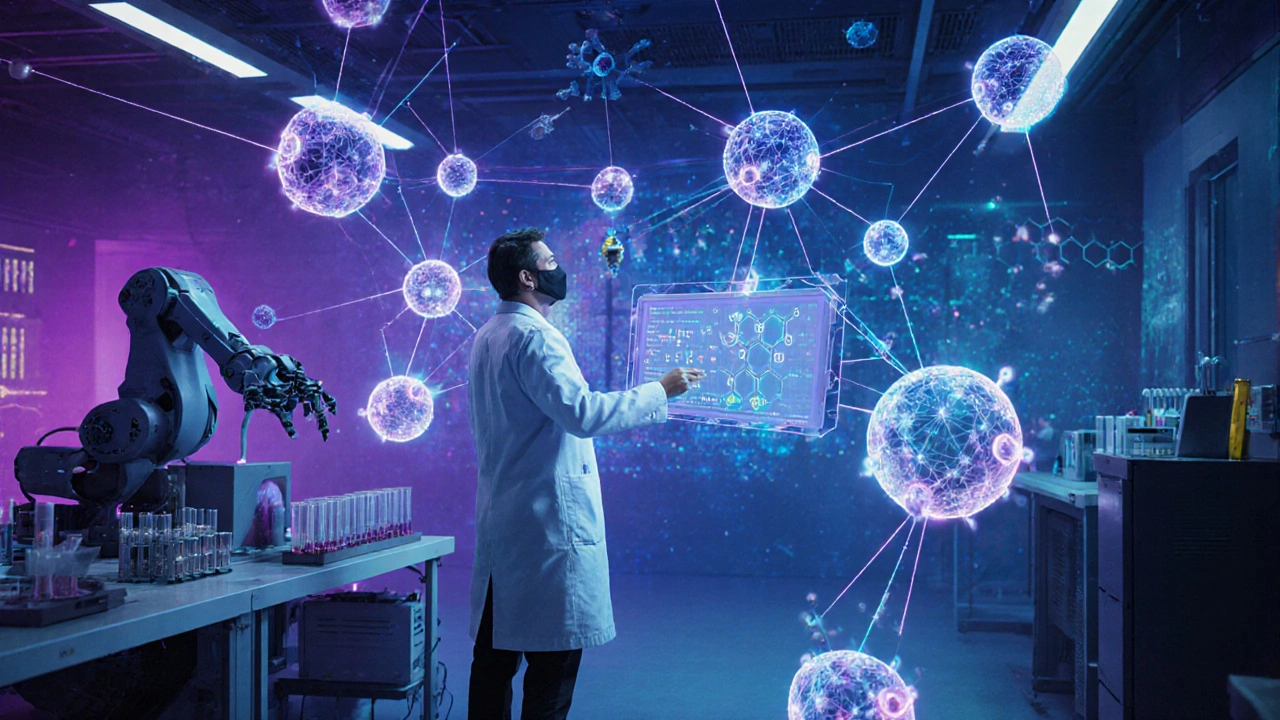Artificial Intelligence in Pharmaceuticals: How AI Is Changing Drug Discovery
When it comes to artificial intelligence pharmaceuticals, the use of machine learning and data-driven models to accelerate drug development and improve patient outcomes. Also known as AI-driven drug discovery, it’s no longer science fiction—it’s saving years of research and billions in costs. Big pharma used to spend over a decade and $2.6 billion to bring one drug to market. Now, AI is cutting that timeline in half by predicting which molecules will work before a single lab test is run.
Behind this shift are three key players: machine learning healthcare, algorithms trained on decades of clinical and biological data to spot patterns humans miss, AI drug development, the end-to-end process of using AI to design, test, and optimize new compounds, and pharmaceutical innovation, the real-world impact: faster treatments for cancer, Alzheimer’s, and rare diseases. These aren’t just buzzwords. Companies like DeepMind and Insilico Medicine have already used AI to identify new drug candidates in weeks instead of years. One AI model predicted a novel molecule for idiopathic pulmonary fibrosis in under 48 hours—a task that normally takes months.
It’s not just about speed. AI helps avoid dead ends. By analyzing millions of failed trials, it spots why drugs fail and steers researchers toward safer, more effective options. It even predicts side effects before human trials begin. This isn’t replacing scientists—it’s giving them superpowers. The best teams now combine domain expertise with AI tools to make smarter decisions faster.
You’ll find posts here that break down exactly how this works: from the Python libraries used to train models, to how small biotechs are beating giants with lean AI pipelines, to the ethical questions around data privacy and bias in drug trials. Whether you’re a developer, a researcher, or just curious about how your next medicine gets made, this collection gives you the real, no-fluff breakdowns you won’t find in press releases.

